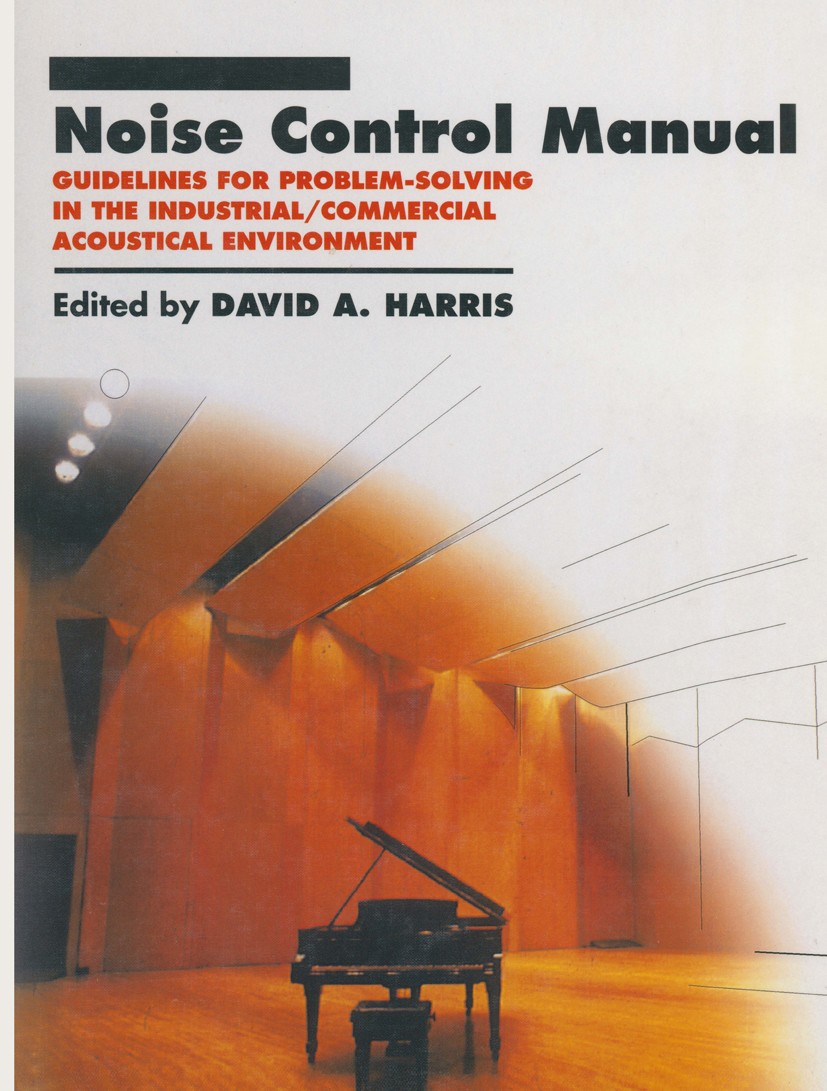| 书目名称 | Noise Control Manual | | 副标题 | Guidelines for Probl | | 编辑 | David A. Harris (Principal) | | 视频video | http://file.papertrans.cn/667/666771/666771.mp4 | | 图书封面 |  | | 描述 | Excessive noise levels are generally acknowledged to have adverse effects on our environment. Studies indicate that excessive noise levels can cause fatigue in exposed individuals, lower efficiency and productivity, impaired speech communication, and hearing loss. Excessive noise is almost everywhere today - in the office, in schools, hospitals and other institutional facilities, in all classes of public buildings, and in our factories. INDUSTRIAL NOISE High noise levels in factories can make speech communication in the plant difficult and at times impossible. Foremen are often unable to hear warning shouts from co-workers. The problem of hearing loss due to excessive noise exposure is of particular concern to industry, and to the federal government. In the early 1970s, the United States Congress passed the Occupational Safety and Health Act (OSHA) which sets criteria for health hazards and established limits for noise exposure of industrial workers. The OSHA Noise Standard was amended in 1982 to require audiometric testing of all employees exposed to noise levels of 85 dB or above for eight hours. A NOISE IN COMMERCIAL AND INSTITUTIONAL BUILDINGS While noise levels in offices, sto | | 出版日期 | Book 1991 | | 关键词 | Tore; fatigue; noise; noise control; noise level | | 版次 | 1 | | doi | https://doi.org/10.1007/978-1-4757-6009-5 | | isbn_softcover | 978-1-4757-6011-8 | | isbn_ebook | 978-1-4757-6009-5 | | copyright | Springer Science+Business Media New York 1991 |
The information of publication is updating

|
|
 |Archiver|手机版|小黑屋|
派博传思国际
( 京公网安备110108008328)
GMT+8, 2025-11-13 14:37
|Archiver|手机版|小黑屋|
派博传思国际
( 京公网安备110108008328)
GMT+8, 2025-11-13 14:37


